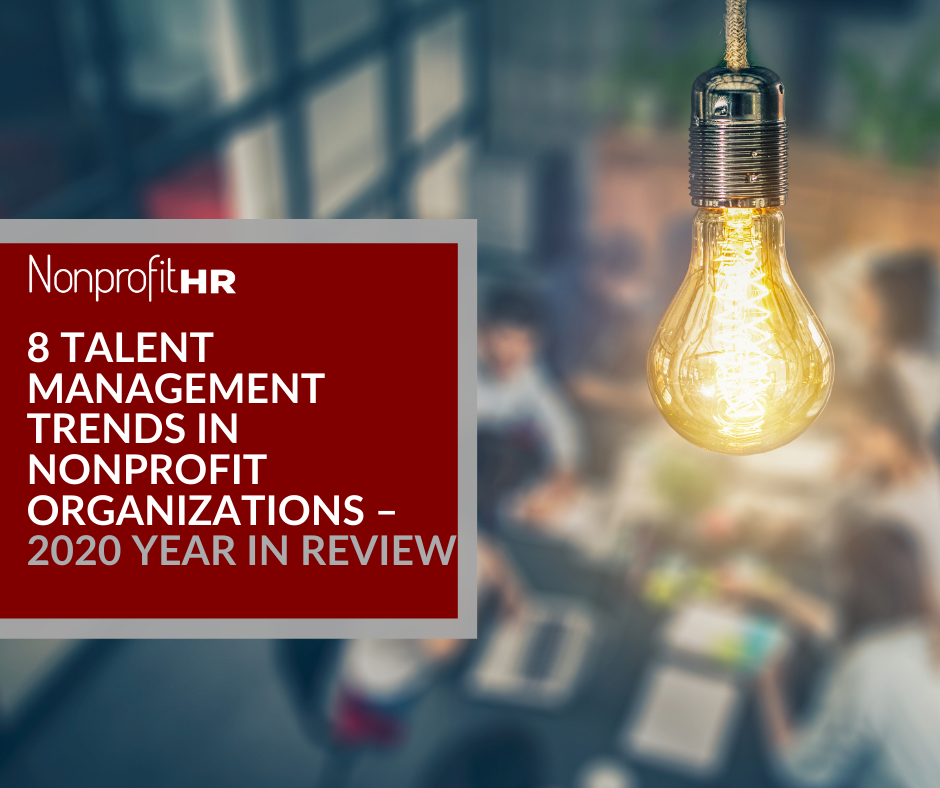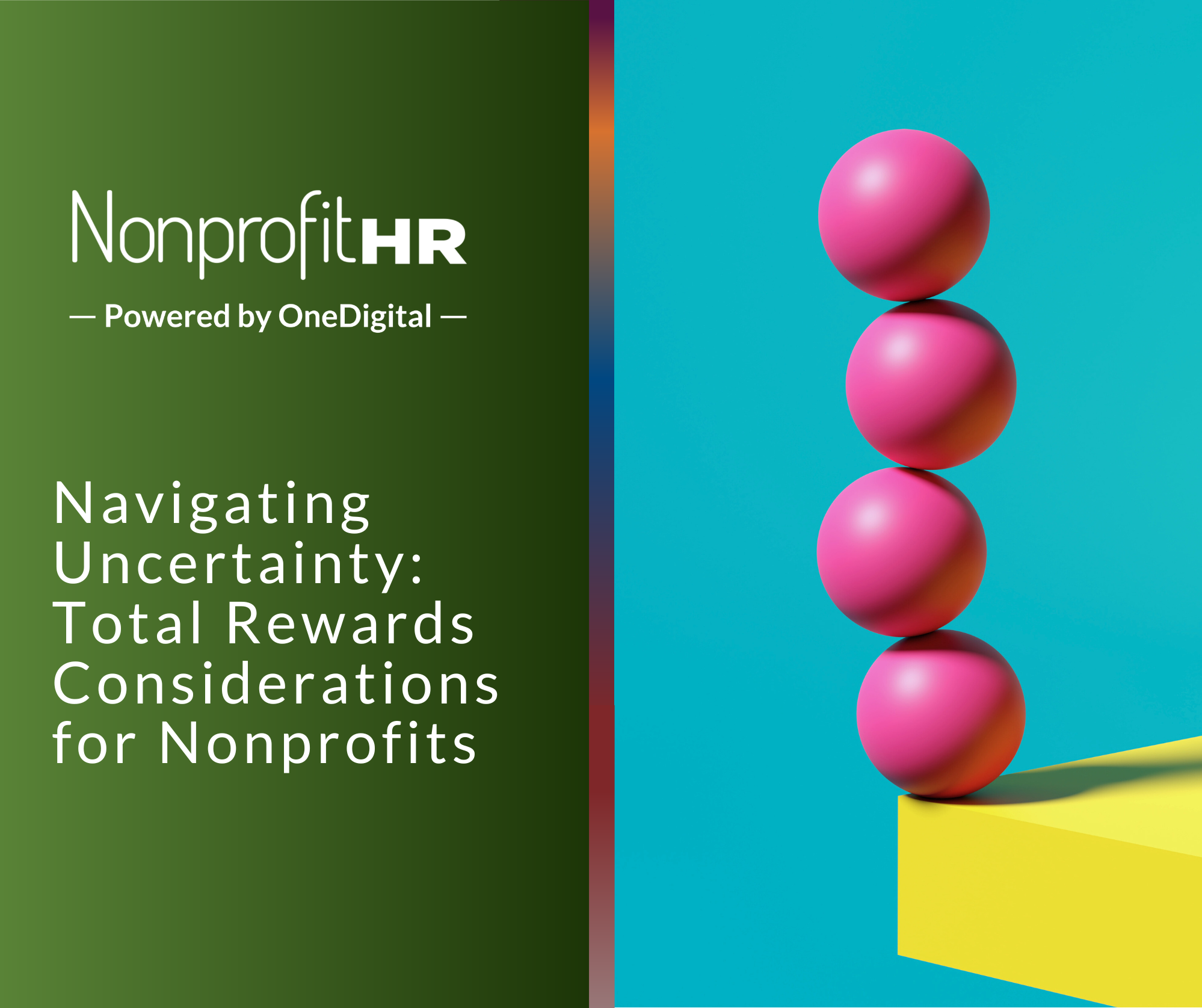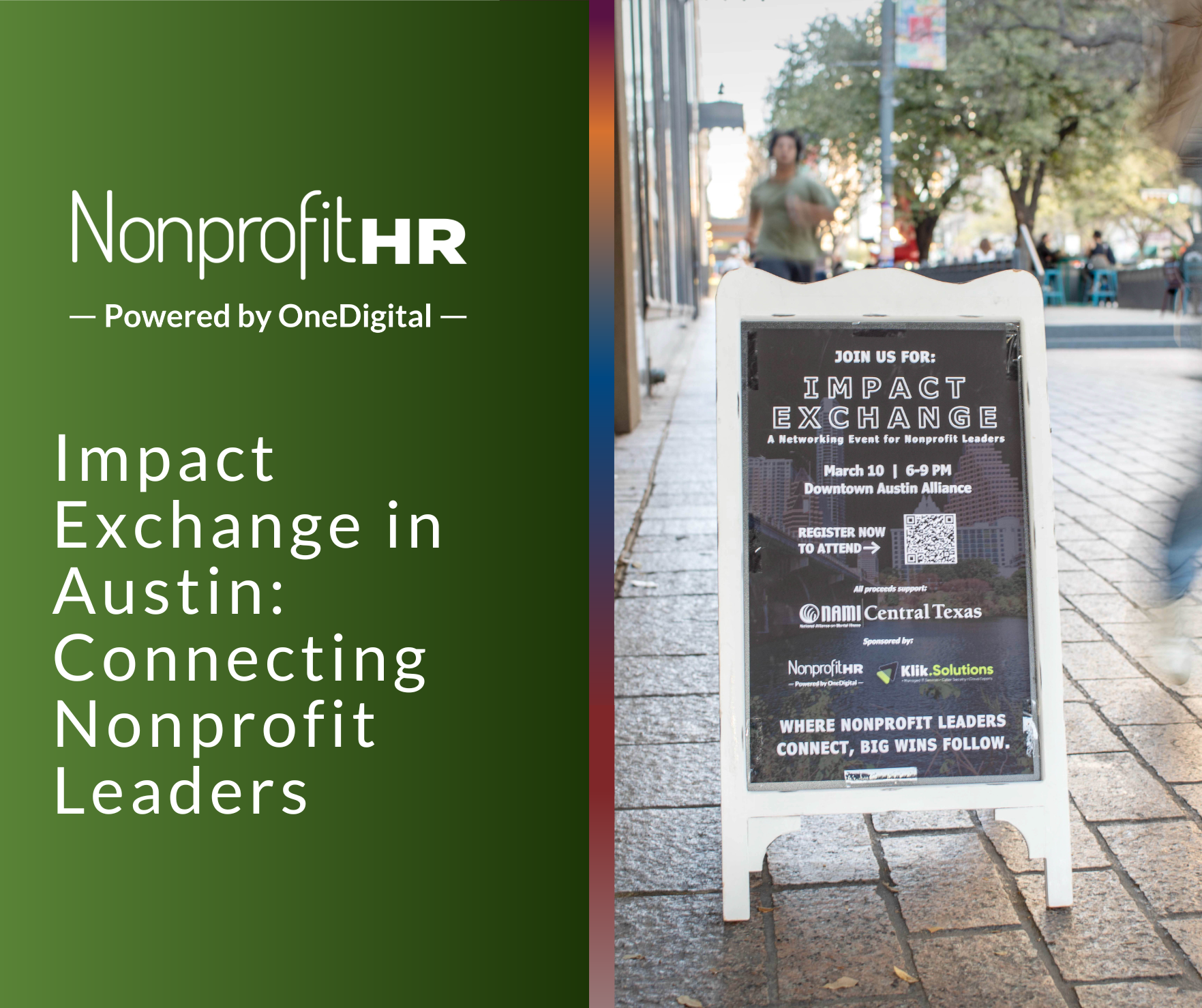WTOP: 5 ways nonprofits can…
The past few years required that HR professionals quickly adapt to an ever-changing landscape, but the unprecedented events of the last year prompted an even more rapid shift away from traditional HR practices. From compensation and benefits to HR technology, traditional approaches to total rewards have been expanded to include more flexible, equitable and efficient people-focused solutions.
Many organizations are contending with the rise of remote work as the COVID-19 pandemic made virtual (think virtual meetings, telehealth/telemedicine) more commonplace. The virtual explosion now requires that compensation practices are flexible enough to accommodate an increasingly mobile workforce while remaining compliant to the unique restrictions mandated by different jurisdictions. It also requires that HR systems can support virtual operations across states. Benefits practices are being shaped by new legislation including the CARES Act and new COBRA Premium subsidies due to COVID-19 and a wider effort to improve the employee experience through low-cost perks and equitable policies. From an equity standpoint, these changes are meant to allow for differences in individuals and family structures. Finally, HR technology is propelling organizations to abandon analog files and improve the service-oriented nature of HR while increasing efficiencies.
Taken together, these trends have resulted in more people-focused and service-oriented total rewards practices. In this series, we will present in further detail trends in compensation, benefits and HR technology.
Part one on compensation is presented below. View part two (benefits) or part three (HR technology) of the series.
PART ONE: COMPENSATION
Adopting compensation practices that are transparent, applicable to staff located in dispersed geographies and informed by an overarching compensation philosophy
A 2020 Gartner CFO survey found that 74 percent of companies want to transition at least 5 percent of the workforce to permanently remote positions post COVID-19. Of the remaining 26 percent of respondents, 25 percent of CFOs want to shift 20 percent of the workforce to permanent remote positions. As these results were collected at the start of the pandemic, it is conceivable that those percentages up ticked in favor of more remote work. However, one of the major compensation challenges of remote work is determining fair salary structures. Some organizations have decided to remain 100 percent remote and are still trying to figure out how to pay staff that have relocated out-of-state. This is even more challenging for smaller firms. Say an organization has 20 staff members that are all virtual and located in 20 different states, how do organizations manage compensation from just a broad geography base? How do they ensure compliance across all states? Also, should an organization adjust salary based on location? Whether organizational leaders are trying to figure out if their office should be fully virtual, back in the office or a hybrid of the two, that decision impacts both benefits and compensation.
Another trend in compensation, especially in the past year, is an increased demand to implement pay equity. At least 13 strict state-specific pay equity laws were put in place over the past few years and one common mandate between these states is wage transparency. As a result, many organizations are wanting to define what pay equity means to them beyond what is mandated. No matter the size of the organization, leaders are moving toward greater transparency around compensation practices. In addition to pressure from state legislation, employees are displaying an increased desire to understand compensation within their organizations. They are considering questions related to their roles: Where do I fit? And, how do I make more money? This indicates that staff simply do not trust that organizations are appropriately looking at pay equity.
Compensation philosophies are also a fairly new hot topic. Many leaders are looking to define the philosophy or philosophies of their compensation systems. SHRM defines compensation philosophy as “a formal statement documenting the company’s position about employee compensation.” For many organizations, that looks like outlining and publicly stating initiatives and intentions for their employees: what is currently included in their compensation; their commitment to diversity and equity around it; how they came to that solution; and how often they will look at it. Overall, there is more pressure on nonprofits to have a common philosophy, a guarantee of equity and to be very transparent around how they determine wages.
View part two (benefits) or part three (HR technology) of the series.
Contributing Authors

Lisa McKeown
Managing Director, Total Rewards
|

Stuart Wales
Consultant, Total Rewards
|

Tina Twyman
Consultant, Total Rewards
|































